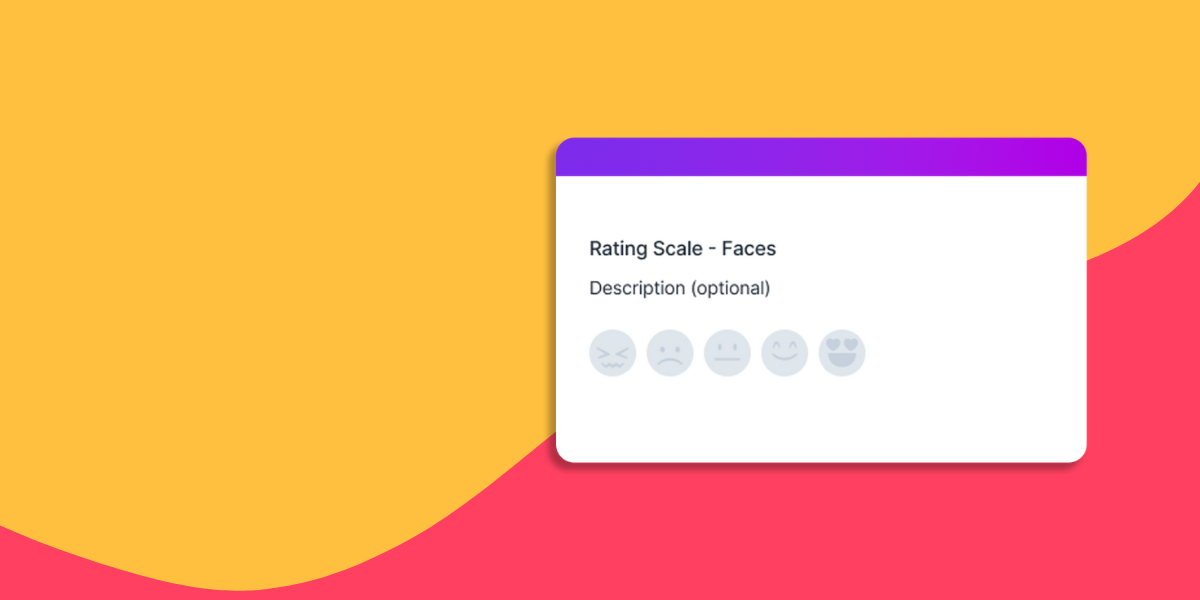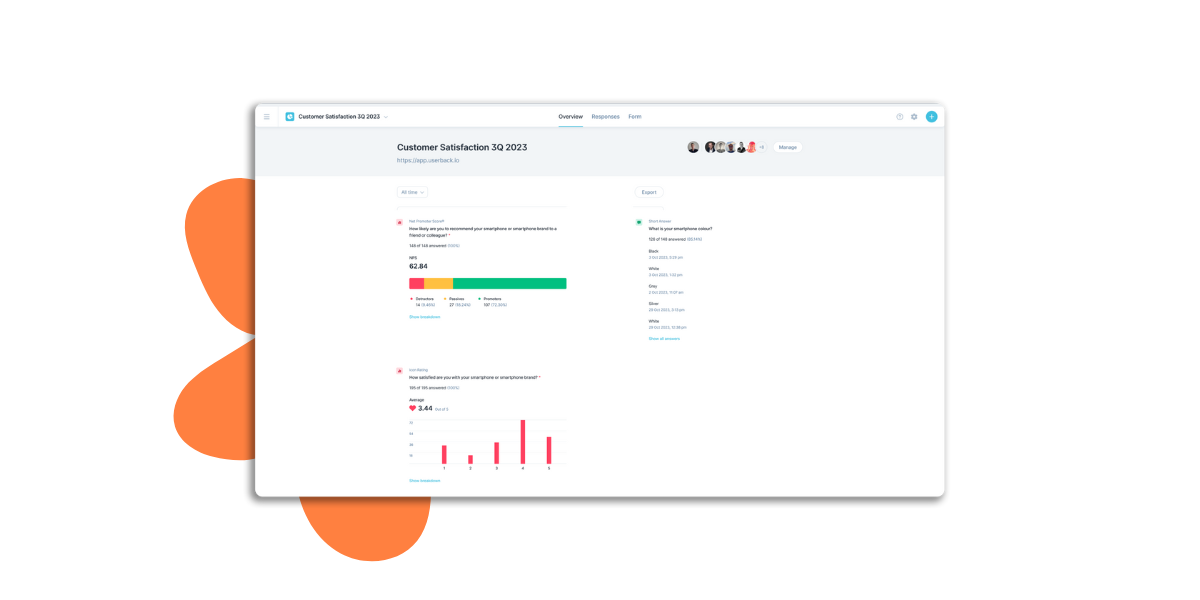
In the ever-evolving world of E-commerce, it is crucial to constantly stay updated with the latest trends and strategies to drive business success. One powerful tool that often gets overlooked in this process of feedback for a website. Whether positive or negative, customer feedback can greatly impact the success and growth of your E-commerce business. In this article, we will delve into the significance of feedback in E-commerce and how it can be used to drive your website’s success.
The Impact of Feedback on Business Success and Growth
Feedback for a website is crucial for business success and growth, especially in E-commerce. Here’s why: It provides valuable insights into customers’ perspectives – their needs, preferences, and pain points. With this information, you can tailor products, services, and user experience to meet target audience needs, driving customer satisfaction and loyalty.
But that’s not all. Feedback helps continuously improve business. By identifying areas needing enhancement, innovative solutions can be developed to stand out from the competition. Even negative feedback is valuable, showing where improvements can be made. It’s a demonstration of commitment to customer satisfaction.
Now, let’s talk about the power of positive feedback. It’s not just a pat on the back, it’s a marketing tool. Testimonials and reviews build trust among potential customers. A high satisfaction rating significantly influences purchasing decisions in your favor. Feedback measures past performance and drives future success in E-commerce.
The Importance of Feedback on a Website in E-commerce
Understanding customer needs and preferences.
Understanding customer needs and preferences is crucial when it comes to shaping an effective E-commerce strategy. Think about it: feedback on a website provides a direct line of communication between customers and the business. It’s like having a window into their thoughts and expectations. By paying attention to what they say, we can gain valuable insights into their shopping behavior, preferred product features, and overall site experience.
And guess what? We can use these insights to create a personalized and intuitive shopping experience that will make them happy and keep them coming back for more. It’s all about aligning our offerings with their needs, and that’s how we’ll stand out in the highly competitive E-commerce landscape. So, let’s make the most of the feedback on our website to truly understand our customers and drive growth and profitability.
Building trust and credibility.
Feedback for a website is crucial for building trust and credibility in the E-commerce domain. When customers make purchasing decisions, they heavily rely on testimonials and reviews. By providing a platform for users to express their thoughts, businesses showcase transparency and openness, which are essential in fostering trust.
Detailed and positive reviews effectively communicate product quality and customer satisfaction, enhancing the website’s credibility. It’s equally important to handle negative feedback promptly and efficiently. Swift responses to customer complaints demonstrate a commitment to customer service, further solidifying trust. In essence, feedback for a website is a powerful tool for building a rapport with customers, nurturing loyalty, and establishing a credible reputation in the E-commerce marketplace.
Identifying Areas for Improvement and Driving Online Sales.
Giving feedback for a website isn’t just about satisfaction—it’s a roadmap for improvement. It helps shed light on areas that need enhancing from the customers’ perspective. This could be anything, from website functionality and product variety/quality to the speed of customer service response. Every piece of feedback, positive or negative, is a chance to learn and understand your customers’ needs better.
For example, if multiple customers complain about a difficult checkout process, it’s a clear sign that this aspect needs immediate attention. Streamlining the checkout process can lead to more sales, lower cart abandonment rates, and an improved user experience overall. Similarly, feedback about a specific product can inform you about user expectations regarding quality, features, or pricing, enabling you to make informed decisions about your stock.
Moreover, website feedback offers valuable insights for A/B testing. By trying out different solutions based on the received feedback and measuring their impact, you can optimize your e-commerce website for better performance and increased sales. Neil Patel’s article does a great job of diving further into the topic. Pop over and check it out if you’re after more info.

Feedback Types and How to Collect Them
Explaining different types of feedback: customer reviews, surveys, social media engagement, etc.
Types of Feedback for a Website that Actually Impacts E-commerce Sales
To effectively leverage the power of feedback for your E-commerce website, it’s essential to understand the different types of feedback that can be collected and the tools that facilitate their collection.
1. Website Feedback Widgets:
A website feedback widget is a tool that allows users to leave feedback directly on your website. This feedback can cover a broad range of aspects, from website design and user experience to product range and customer service. By integrating a feedback widget into your E-commerce platform, you can easily collect and analyze user feedback in real time, making it a valuable resource for identifying areas for improvement and initiating necessary changes to enhance user experience and boost sales.
2. Surveys:
Surveys delivered directly on the website provide an excellent means of collecting structured feedback from users. They can be tailored to gather specific information about various aspects of the user experience, including website usability, product quality, and customer service effectiveness. Whether it’s a pop-up survey upon a user’s arrival on the site or an exit survey when they’re about to leave after purchase, these surveys can provide crucial insights into users’ preferences, behaviors, and expectations, which can inform strategic decisions to improve the website’s performance and user satisfaction.
3. Frontend Bug Reports:
Frontend bug reports serve as a critical feedback mechanism to identify and rectify technical issues on your website. Users can report problems they encounter while navigating your site, such as broken links, loading issues, or glitches in the checkout process. By quickly addressing these issues, you can ensure a smooth and seamless user experience, which is crucial for retaining customers and driving online sales.
4. Session Replays:
This type of feedback is the passive kind of feedback for a website. Where visitors don’t necessarily know their E-commerce web journey is recorded to provide webmasters insights into the user journey, sticking points, dead ends, and design misinterpretations – as indicated by rage clicks, bounces, scroll depth, and more. Session replays are a fantastic way to gather quantitative data and explore the ‘what’ in conjunction with the survey and widget type active collection to explore the ‘why’.
Turning Feedback into Action
Providing guidance on implementing changes based on feedback.
Collecting feedback is only the first step in optimizing your e-commerce experience. The next and possibly most significant step is turning this feedback into actionable changes. Begin by analyzing and categorizing the feedback into themes like website usability, product quality, customer service, etc. Once categorized, prioritize the feedback based on volume and impact. For instance, if numerous customers express difficulties with the checkout process, addressing this should be high on your priority list due to its direct impact on sales conversion.
When implementing changes, start with quick wins – changes that require fewer resources but have a significant positive impact. This strategy helps improve the user experience quickly while you work on more complex issues. Be sure to measure the impact of any changes made to ensure it’s producing the desired results. Tools like Google Analytics can help track metrics like bounce rate, time spent on the site, and conversion rates, letting you know if the changes are leading to improvements.
Don’t forget to communicate with your customers during this process. Let them know that their feedback is being heard and acted upon. This not only builds trust but also encourages them to continue providing feedback in the future. And finally, remember that improvement is a continuous process. Keep the lines of communication open and make feedback collection and analysis an ongoing part of your strategy.
Conclusion
In conclusion, feedback plays a critical role in identifying areas for improvement in your e-commerce website and driving online sales. It’s not just about collecting feedback; it’s about taking action based on it. By proactively seeking feedback, categorizing and prioritizing it, and implementing changes, you can maintain a competitive edge in today’s digital landscape.
Feedback provides invaluable insights into what’s working well and where opportunities for improvement lie. It helps you understand your users’ needs and preferences, allowing you to enhance the user experience, improve customer satisfaction, and ultimately increase conversion rates. It’s a continuous loop of feedback and improvement that is indispensable for any successful e-commerce business.
So don’t underestimate the power of feedback for a website – embrace it and watch your business thrive!
